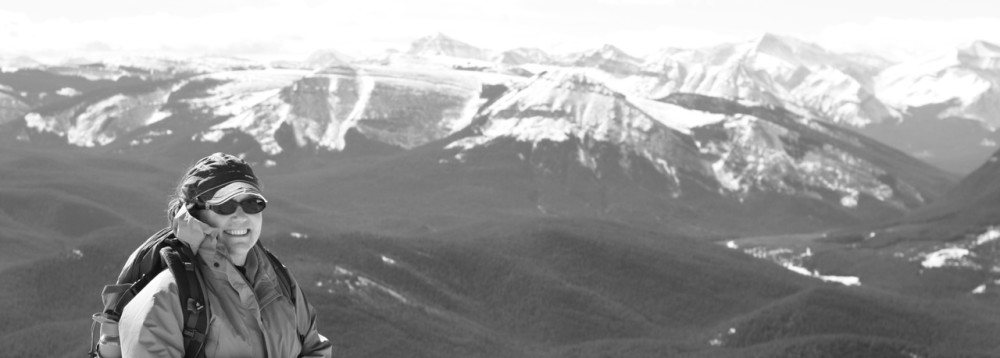“One’s destination is never a place, but a new way of seeing things.”
– Henry Miller
The street scene below shows a typical neighbourhood within walking distance of Old Havana. It’s also the neighbour of a casa particular we stayed at in this chaotic and charming city. I’m not sure you can make out the goat’s head and two dead chickens lying on the right side of the unpaved access street just off the malecon, but we did have a moment of wonder about the reason for their appearance on the second night of our stay.
Less than a dozen doors down on the left of the narrow street shown above is Casa 1932. Fate smiled on us when a cancellation allowed us the opportunity to meet doctor turned designer Luis Miguel and spend a couple of nights in his 1930s-era Art Deco treasure.
Leaving Havana, we took the “tourist” bus Viazul – visitors are not allowed to take the local buses – through to Playa Larga and shared taxi to Cienfuegos and Trinidad, enjoying the shift from hectic city to relaxed countryside and back again.
From classic cars to horse and cart – Trinidad’s cobblestone streets are a testament to Cuba’s duplicity. American beauties share narrow roads with grass-grazing classics. Word from the street is that newer model cars cost in the $30,000 plus range; classic cars run from $15,000 – $25,000. A doctor we met with a specialty and who teaches young doctors earns less than $450/month. She can’t afford a car. No word on how much a horse and cart would cost.
Streets that look like war zones harbour priceless gems. Horse and carts ply the same streets as classic hulks harbouring diesel rather than gas engines. What you see is not always the full story. I have so much more to learn about this fascinating country.














